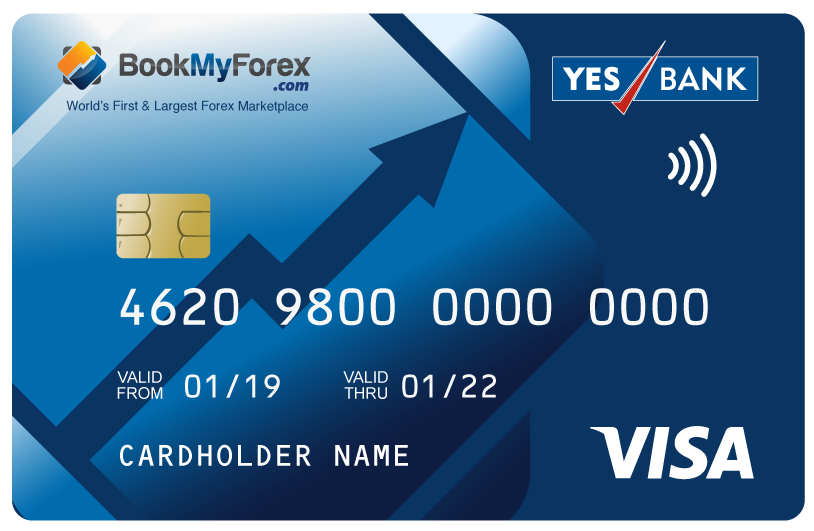Introduction:
Navigating foreign lands is an enriching experience, but managing currency exchanges can often be a hassle. Forex cards, also known as travel money cards or currency cards, have emerged as a convenient solution for travelers seeking to avoid the exorbitant fees and exchange rate markups associated with traditional methods. This comprehensive guide delves into the intricacies of forex card rates, empowering you with the knowledge to optimize your currency transactions and make informed financial decisions while embarking on your global adventures.

Image: www.zeebiz.com
Deciphering Forex Card Rates:
A forex card is essentially a prepaid debit card that allows you to store multiple currencies in one card, eliminating the need to carry large amounts of foreign cash. The exchange rate used when loading the card is pivotal in determining the overall cost of your transactions. Forex card providers typically offer two types of exchange rates:
- Interbank Rate: Also known as the wholesale rate or spot rate, this is the real-time exchange rate at which banks and financial institutions trade currencies. Interbank rates are generally the most favorable rates available and are often used by high-volume currency traders.
- Markup Rate: Forex card providers add a spread or markup to the interbank rate to cover their operating costs and make a profit. The markup rate varies between different providers and can fluctuate based on factors such as the destination country, currency type, and transaction volume.
Choosing the Right Forex Card:
Selecting the right forex card can significantly impact your travel expenses. Consider the following factors when making your decision:
- Markup Rate: Compare the markup rates offered by different providers. Lower markups result in more favorable exchange rates.
- Fees: Forex cards may charge fees for loading, ATM withdrawals, and point-of-sale transactions. Choose a card with minimal fees to maximize your savings.
- Currency Support: Determine which currencies are supported by the forex card and ensure it covers the countries you plan to visit.
- Security Features: Look for cards with advanced security features such as EMV chip technology, PIN protection, and fraud monitoring to protect your funds.
- Customer Support: Choose a provider with reliable customer support available 24/7 in case of any issues.
Maximizing Value with Forex Cards:
To get the most out of your forex card, follow these tips:
- Load Wisely: Plan your currency needs in advance and load your card just before your trip to take advantage of the most up-to-date exchange rates.
- Use Local Currency: When using your forex card, always select the local currency at the point of sale to avoid paying double conversion fees.
- Withdraw Large Amounts: If withdrawing cash from an ATM, make larger withdrawals less frequently to minimize ATM fees.
- Track Transactions: Regularly monitor your forex card account to track your expenses and ensure there are no unauthorized transactions.
- Inform Your Bank: Notify your bank about your travel plans to avoid card fraud alerts and ensure smooth transactions.

Image: www.extravelmoney.com
Forex Card Rate For Today
Conclusion:
Forex cards offer a convenient and cost-effective solution for travelers seeking to manage their foreign exchange needs. By understanding forex card exchange rates and choosing the right card for your needs, you can optimize your currency transactions and enhance your travel experience. By following the tips outlined above, you can minimize fees, maximize value, and embark on your global adventures with financial confidence.






